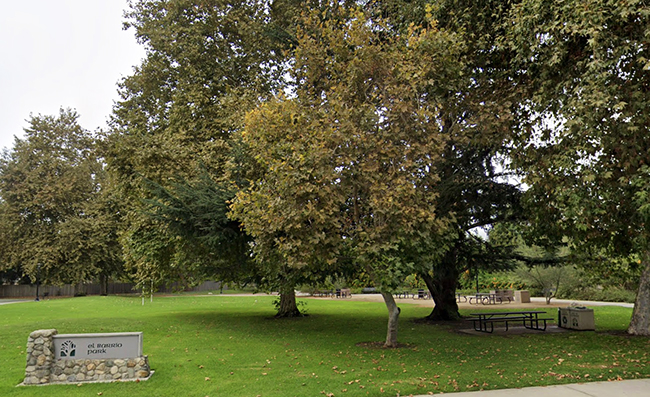Opinion: Current tree trimming at odds with sustainability goals
By Wallace Meyer | Special to the Courier
Biodiversity (plants, animals, fungi, and microbes) is too often an underappreciated component of many sustainable policies. If we are striving to become a regional leader on sustainable issues, as Claremont’s sustainability plan suggests, we must create holistic sustainability approaches which incorporate biodiversity, carbon storage, and other ecosystem services into how we manage our urban forest.
This disconnect between protecting biodiversity and how we manage our urban forest is most evident in spring. If you have driven around Claremont lately, it is almost impossible not to have witnessed the extensive amount of tree trimming being conducted. The timing of this trimming could not be worse for the birds with which we share this city. Birds nest in these trees in the spring and early-summer (February through July). Cutting/trimming trees during this season can remove these nests and the noise and disturbance can result in birds abandoning their nests, reducing avian abundance and diversity in our city. Consequently, the timing of when we cut our trees is of critical importance if we hope to provide habitat for the hundreds of bird species who also consider Claremont home.
Questioning if there might be some benefit to trimming trees in spring, I asked an arborist friend when the best time is to cut trees in Southern California. He confirmed my suspicion that spring and early summer are the worst times to trim trees. His preference is to cut pines in the winter, oaks in the late-summer, and deciduous trees in late-summer and fall before they drop their leaves, only because that is when you can best assess which part of the tree is dead. Cutting trees in spring is detrimental to tree health as it enhances their exposure to infections (boring insects and diseases) and reduces a tree’s photosynthetic rate when a tree most requires energy.
The fix is simple. First, trim trees in September through January when birds are not nesting and during a season which reduces risks of infection and tree mortality. Second, create an environment where Claremont can effectively consider and implement adaptive management approaches. I appreciate the efforts of others who I know have already allocated their time to attending City Council meetings to discuss this very issue. Finally, informed citizens need to make their voices heard and pressure the city to aspire to its own sustainability goals.
What is standing in the way of making this transformative sustainability decision?
Wallace Meyer is director of the Robert J. Bernard Field Station and an associate professor of biology at Pomona College, where he teaches classes in conservation biology and ecology. His research is focused on preserving biodiversity and enhancing ecosystem services in Southern California and Hawaii.








0 Comments